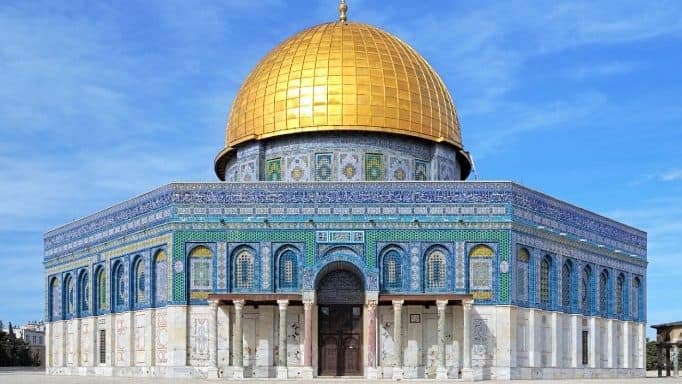Muhammad’s Night Journey is known as “Isra and Mi’raj” in Islamic tradition. It is one of the most significant events in the life of the Prophet Muhammad. Moreover, it is a journey that holds great spiritual and theological importance for Muslims. It is described in various Islamic texts, including the Quran and Hadith (the recorded sayings and actions of the Prophet).
Muhammad’s Night Journey
Muhammad’s Night Journey is believed to have occurred in the 12th year of Muhammad’s prophethood, around 621 CE. The event is split into two parts:
- Isra (The Night Journey): According to Islamic tradition, the Prophet Muhammad was transported from the Kaaba in Mecca to the Al-Aqsa Mosque in Jerusalem in a single night. From there, he embarked on a miraculous journey through the heavens.
- Mi’raj (The Ascension): The Prophet Muhammad’s journey continued through the heavens. He met various prophets there, including Adam, Moses, and Jesus (peace be upon them). Finally, he reached a point closer to Allah (God) than any other created being. There he received instructions about the daily Islamic prayers (Salat).
In short, the Night of Ascension is a profound spiritual event that underscores the Prophet Muhammad’s special role as the final prophet of Islam and serves as a reminder of the importance of prayer and the connection between the earthly and spiritual realms.
Golden Dome

Muslims commemorate this event with special prayers and reflections during the Islamic month of Rajab. While the event is a matter of faith and spirituality, it has profoundly influenced Islamic theology, mysticism (Sufism), and art throughout history.
Al Aqsa Mosque

Last, Muhammad’s Night Journey is a testament to Islam’s deep spirituality and faith. Moreover, it emphasizes the significance of prayer, the importance of following the prophetic example, and the belief in the extraordinary nature of the Prophet Muhammad’s mission.







